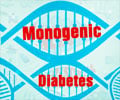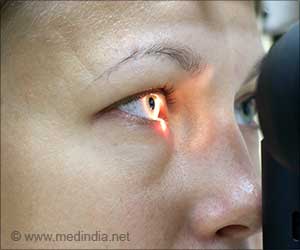
Scientists have also implicated the misfolding of a substance called human islet amyloid polypeptide (hIAPP) in causing Type 2 diabetes, and some are seeking ways to block that process.
Ling Zheng, Kun Huang and colleagues of the College of Life Sciences, Wuhan University, Wuhan, sought to find out whether coffee’s beneficial effects might be due to substances that block hIAPP.
Protein folding is the process by which a protein structure assumes its functional shape or conformation. It is the physical process by which a polypeptide folds into its characteristic Amino acids interact with each other to produce a well-defined three-dimensional structure, the folded protein (the right hand side of the figure), known as the native state. Failure to fold into native structure produces inactive proteins that are usually toxic. Several neurodegenerative and other diseases are believed to result from the misfolded proteins.
In their paper published in the published in ACS’ Journal of Agricultural & Food Chemistry, the researchers point out that coffee extracts have three major active components: caffeine, caffeic acid (CA), and chlorogenic acid (CGA).
And they sought to study the effects of these major coffee components, as well as dihydrocaffeic acid (DHCA), a major metabolite of CGA and CA.
Advertisement
Advertisement











